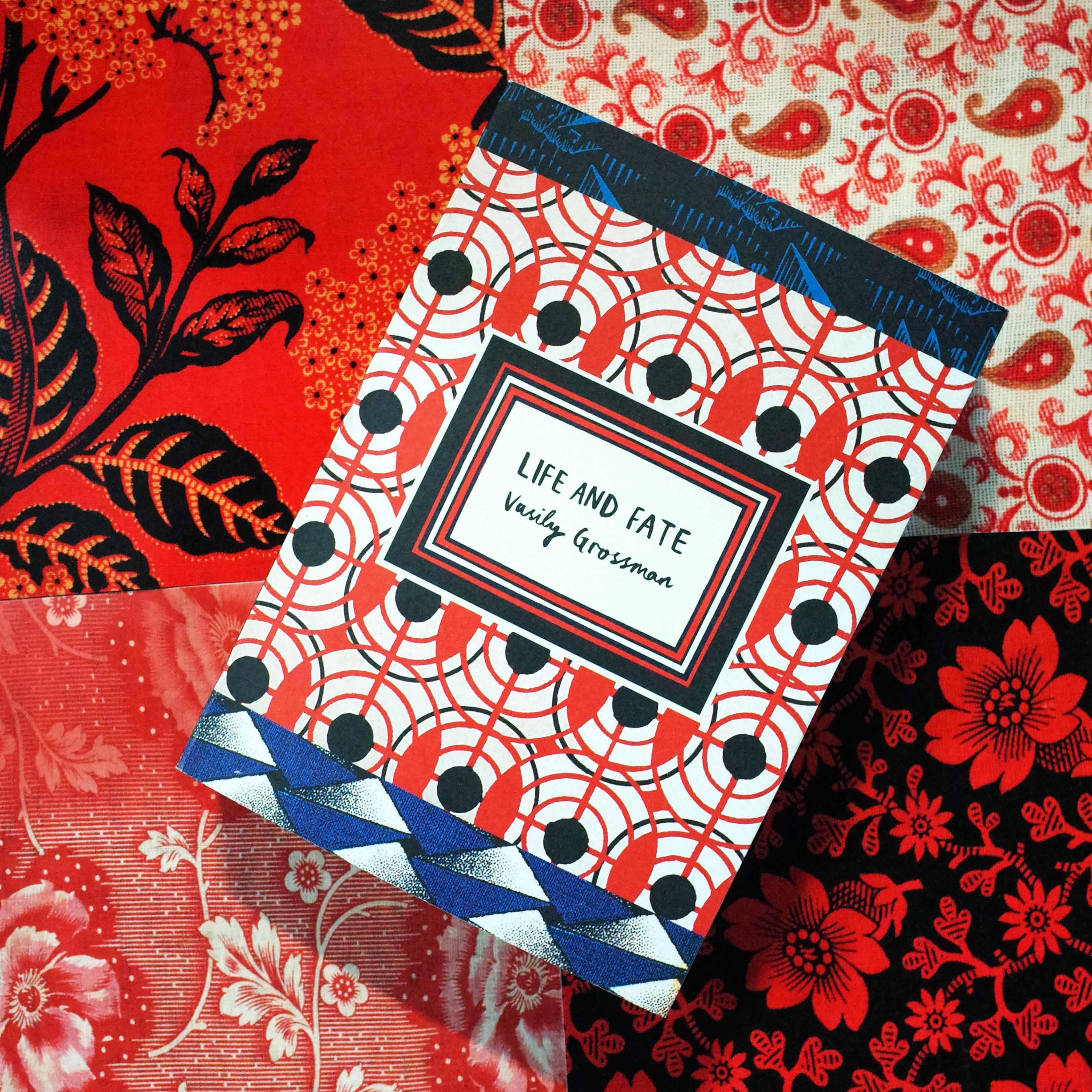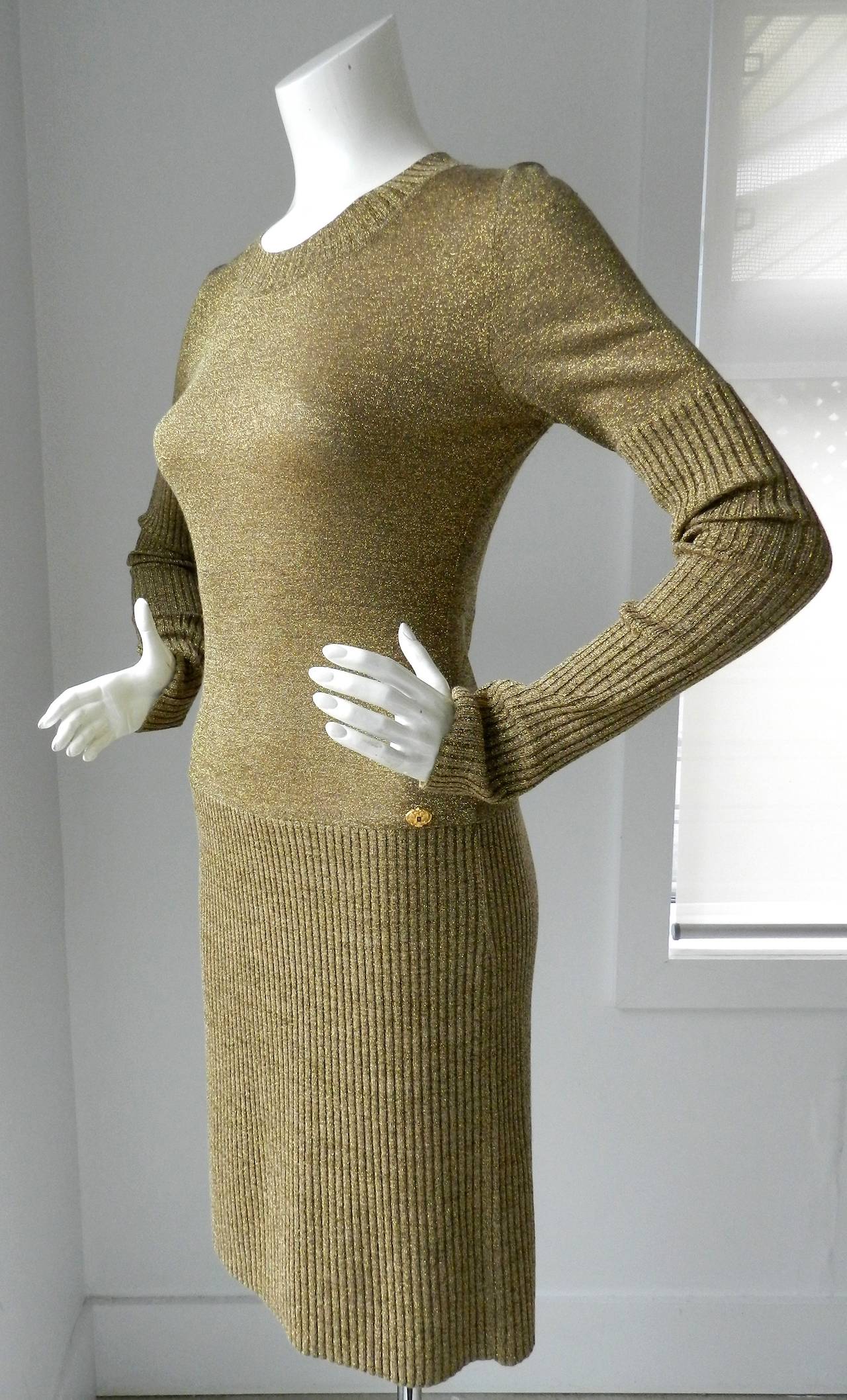

Large archival holdings support scholarship in the collection. A generous gift by Claude and Nina Gruen extended the Zimmerli’s Russian art holdings to the post-Soviet era, with later works by nonconformist artists as well as by new generations active in the 1990s and 2000s. Over 20,000 works by more than 1,000 artists reveal a culture that defied the strict, state-imposed conventions of Socialist Realism. This encyclopedic array of nonconformist art extends from about 1956 to 1991, from the beginning of Khrushchev’s cultural “thaw” to the dissolution of the Soviet Union. In addition to art made in Russia, the collection includes nonconformist art produced in the ethnically-diverse Soviet republics of Armenia, Azerbaijan, Belarus, Estonia, Georgia, Kazakhstan, Kyrgyzstan, Latvia, Lithuania, Turkmenistan, Ukraine, and Uzbekistan. The Zimmerli holds the largest collection in the world of Soviet nonconformist art, thanks to a remarkable 1991 donation from Norton and Nancy Dodge. The museum’s George Riabov Collection of Russian Art showcases Russia’s diverse artistic heritage, and includes examples of art from icons to paintings by the Peredvizhniki (Wanderers), Ballet Russes set and costume design, and works by the Avant-Garde. rhizogenes, using for production of physiological active substancesĪnd for study of the interaction of plant roots with vesicular mycorrhizal fungi in vitro.The Zimmerli’s holdings of Russian and Soviet art are unmatched in the United States, providing a unique overview from the fourteenth century to the present day. The collection have the cell cultures of plant roots, transformed by Ri-plasmid Agrobact. Timiryazev Institute of Plant physiology, RAS. Collection of pRi T-DNA transformed roots of higher plants. The collection have the cell cultures, producing biological active substances.Ĩ. All-Russian collection of the higher plant cells. The collection have the cell lines of insects, using for somatic cell genetics, virology, cryobiology and for test-system of ecological monitoring.ħ. Moscow 109428, Ryazansky avenue 24/1, tel. Kovalenko all-Russian Research Institute of experimental Veterinary. All-Russian specialized collection of continuous invertebrate cell lines. The collection deposits author's cell lines, isolate new hybrid and genetically transformed cell lines, performs cryobiological investigations.Ħ. Collection of domestic and wild animals continuous somatic cell cultures.

The collection provides the virology investigations, production and control of immunobiological preparations.ĥ. Collection of continuous somatic cells of vertebrates for medical investigations.Įkaterinburg Institute of Virus infections. The collection have cell lines of human and animals, using for virology and medicine.Ĥ.

Collection of continuous somatic cells of vertebrates. The collection have cell lines, including human diploid cell lines, using for virology.ģ. Cell culture collection of human and animals for virology. The collection have cell lines of human and animal, using for fundamental and applied investigations in biology, medicine, agriculture.Ģ. S-Petersburg 194064, Tikhoretsky avenue 4, tel. Collection of cell cultures of vertebrates. RCCC consists of 8 specialized collection.ġ. Thanks to Lillian Thomas Pratt, the Virginia Museum of Fine Arts has the largest public collection of Faberg and Russian decorative arts in an American. (cryoconservation) characterization of cell lines deposition of author's cell lines creation of data bank distribution of cultivated cells.Ĭell samples are provided in two weeks after preliminary request. The main goals of RCCC are - collection of cell lines, including isolation of new cell lines for preservation and enlargement of genofond preservation of cell lines

The founder of the creation of Collection was professor, honored worker of science G.P. Russian Cell Culture Collection (RCCC) is formed in 1978. Russian Cell Culture Collection, RCCC INSTITUTE OF CYTOLOGY OF THE RUSSIAN ACADEMY OF SCIENCES


 0 kommentar(er)
0 kommentar(er)
